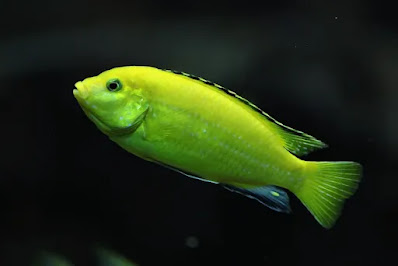Machine quilting is a big subject so I'm going to just touch briefly on it.
There are many ways to finish a quilt and the best thing is, you get to decide how you want to do it and what works best for you. There will be naysayers and those who think it can only be called a quilt if it's finished a certain way, but in my mind a finished quilt is a finished quilt, and it's something to be proud of.
Finishing
Tie Quilts - These are quilts that have been finished by using thread, embroidery floss, yarn, etc to tie the layers together. I recommend keeping the ties no more than 4" apart to keep the layers from shifting.
Hand Quilting - I'm not going to lie, there is something special about seeing a quilt that was hand quilted. I think, for me, it's because I know the time that went into putting all of those stitches into that quilt and I am in awe. It is a skill that takes a little time, but there are many ways to hand stitch quilts now, and the modern big stitch quilting may be a good place to start if this interests you.
Domestic machine quilting - This type of quilting uses your "regular" sewing machine. For many, many years this is how I finished any quilt that was lap sized or smaller. You can quilt larger quilts as well, but that's where the throat space on your machine can make a difference. There are so many how to videos and amazing teachers that can help you learn how to do an amazing job on your domestic machine.
Mid-arm machine quilting - This is a machine that is like a long arm, but has a smaller frame. I currently quilt on the Coronet, which is a mid-arm from Baby Lock, and it has a 5 ft frame. This machine still requires you to baste your quilt sandwich, but there are upgrades that you can get so that you don't have to do that either. Mid-arm machines are cheaper than long arm machines, but still give you the capability to quilt larger quilts with ease.
Long-arm machine quilting - These machines can be hand guided (guided manually by you) or computer guided (a hands off type of quilting where you set the pattern and let the machine do the work, though you do need to watch it). You don't have to baste your quilt sandwich beforehand as each piece gets loaded on it's own, which is beneficial to your knees and back.
You can also find a "long-armer" who is someone that will quilt your quilt for you. Do your research and get referrals, but if the quilting part of this craft isn't for you, it's a good way to get your tops all the way to the finish line.
Basting
Basting your quilt sandwich is a necessary step in keeping the layers from shifting and leaving you with a mess. As with all things quilting there are different ways to baste.
Pin basting - this is the method I use, even with my mid-arm. I use curved safety pins and do the same process for wall hangings to king sized quilts.
Spray basting - this option means you don't have to pull out pins as you quilt, which is really nice. Be careful when using spray baste and make sure to do it in an area with good circulation as the fumes are very strong. I don't spray baste because I am very sensitive to the fumes and I don't have a space with good ventilation. Since I am also in the upper midwest of the United States, there is only a few weeks a year where it isn't either humid or freezing. 😉
This is the fourth article in the Accuracy in Quilting Series.
Make something extraordinary!
Did you get my 5 Free Tips for Accurate Piecing yet? I would love to send it to you, sign up HERE!









.png)









